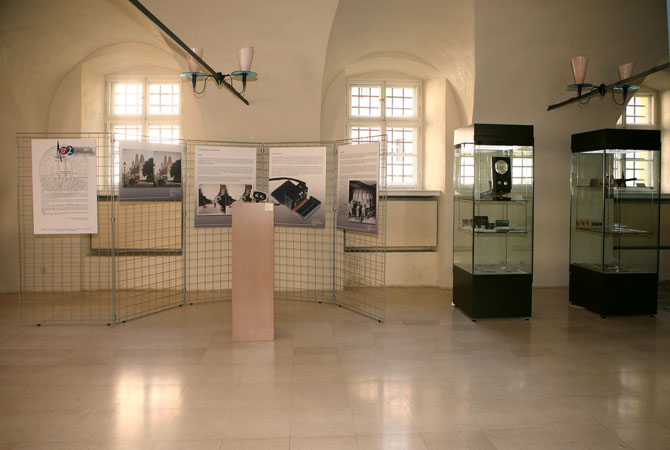The stereoscopy
An exhibition within the “Object of the Month” campaign on the occasion of the centennial of Zagreb City Museum
Exhibition concept: Slavko Šterk
 When we view a picture on paper, canvas or in projection, we perceive two dimensions, the length and the width, but the third dimension, i.e. depth or “relief”, is missing. The image can not have depth, at least not as we see it when we view space with both eyes.
When we view a picture on paper, canvas or in projection, we perceive two dimensions, the length and the width, but the third dimension, i.e. depth or “relief”, is missing. The image can not have depth, at least not as we see it when we view space with both eyes.
However, if we photograph “stereoscopically”, we get the same impression of three-dimensionality that we have when we view things with both eyes.
When we view objects with both eyes, we see them from two points of view, i.e. stereoscopically. Our eyes receive two slightly different images that merge in the brain into a single image placed in an illusionist space that has plasticity and depth.
The distance between the pupils of two normal eyes in the conditions of normal viewing is about 62 mm. Just as our two eyes see two images with a 62 mm distance between them, we can make two such photographs if we set up two identical cameras with lenses placed 62 mm apart.
If we view these two photographs in the manner our eyes perceive things, i.e. use two lenses of the same focal length as the lenses used in making the photographs, we shall get an impression of plasticity identical to what we see when using both eyes. Moreover, this impression of plasticity may be even greater because our eyes are focused only on the image and do not move around, as is the case in normal viewing. The image we see in this way is no longer an image but a “natural representation of reality through optical means”.
Slavko Šterk
Pictures from the exhibition


photo Miljenko Gregl, ZCM

